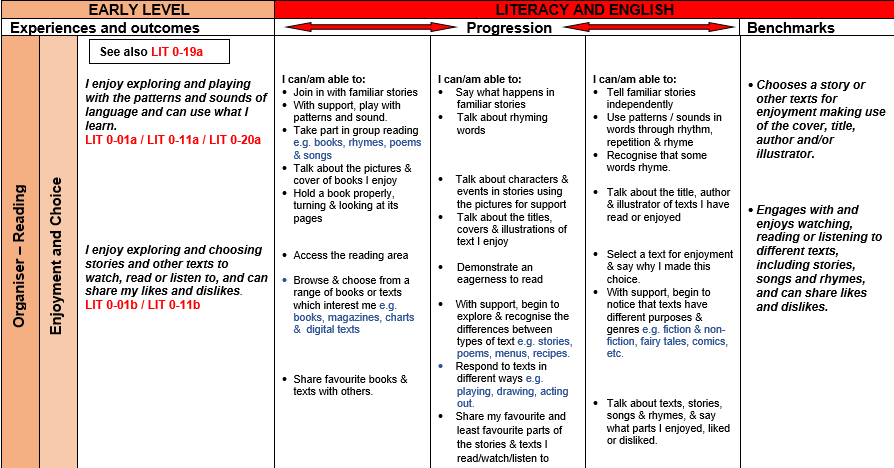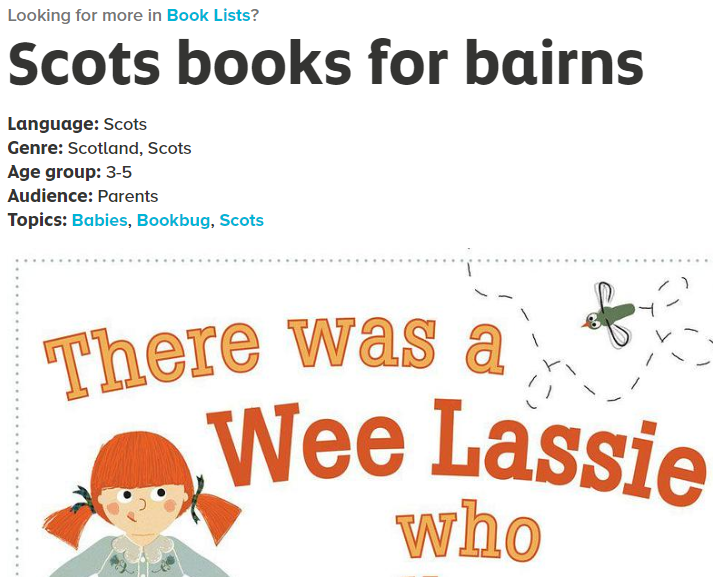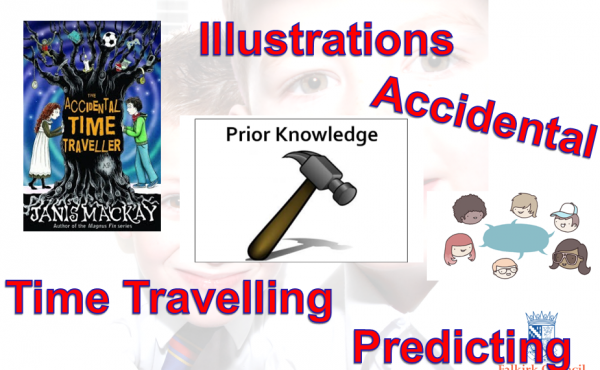 Teachers at Denny PS have observed significant impact on pupil reading skills resulting from their use of the Rainbow Readers programme. They have been using this programme as a specific reading intervention from primary 5 upwards for around 4 years now. Teachers using it have observed the following impact on pupil progress and attainment:
Teachers at Denny PS have observed significant impact on pupil reading skills resulting from their use of the Rainbow Readers programme. They have been using this programme as a specific reading intervention from primary 5 upwards for around 4 years now. Teachers using it have observed the following impact on pupil progress and attainment:
- Children can read and recognise more high frequency words.
- Reading fluency and understanding is improved – the reading ages of a few second level children increased by 1-3 years between August 2023 and May 2024.
- Children enjoy using the range of high interest texts – 2 second level children who previously avoided reading at all costs are now choosing to read books from their library.
- Children using the programme are now more confident readers.
- Children’s ability to read with appropriate pace and tone is improved by mirroring the listened text.

The paragraph at the end of this post shares key information from the official Rainbow Readers website, but Kerry Brown, primary 5 class teacher shared the following information about how some teachers in Denny PS are making use of the programme :
- It has texts (different coloured book spines) matched to 5 levels and the texts are read aloud as the child taps and moves a digital pen device over the words.
- These include fiction and non-fiction texts which are high interest but require lower reading ability.
- There is an initial assessment to enable selection of the correct reading level or text colour suitable for each child.
- Pupils can choose from the selection of texts in their level or colour and there is a wide selection of these.
- Children use the pen to read each text independently. They read the text multiple times and can then work on the related comprehension and sequencing tasks.
- These tasks include literal, inferential and evaluative questions.
- The school purchased the New Heights text collection of Rainbow Readers and this is ensuring that they never run out of new texts for children working in each level to choose from.

Kerry builds her use of the programme into her differentiated planning of reading in class for her children. She combines their reading of the texts with flash card tasks, coloured overlays, handwriting tasks to develop fine motor skills, Nessy and other common word practise tasks. She feels that repeated listening to the text is key to developing children’s progress – particularly when this is supported at home also. Kerry collates all of the children’s reading work in their folder so that they can see their progress. She integrates their use of Rainbow Reading with whole class reading comprehension tasks depending on the amount of support available for her children. She feels it is a manageable reading intervention where group and individual working is possible.

Kerry also likes that the methods involve a break from screen-based learning. She offered a few points to note:
- if the children accidentally tap the pen twice instead of once during their reading, the reading will start again from the beginning.
- the programme requires children to be able to follow the text while listening.
- the required initial assessment is time-consuming at the start but absolutely essential.
Teachers’ and children’s use of the Rainbow Reader New Heights programme is working well as a reading intervention for second level children in Denny PS. The children using the programme are experiencing success in reading aloud more fluently with appropriate pace and tone. They are able to read an increasing range of texts and are choosing to read more as well as being more confident readers.

Information from Rainbow Readers website:
The Rainbow Reading Programme is designed to present students with a variety of topics, authors, styles and illustrations to make reading interesting while skills are improved. Each story or article has been carefully selected because of its educational value and attraction to a wide range of students with varying needs and interests.
Books are levelled, colour-coded, and are accompanied by specially recorded audio available on a magical reading pen, CDs or as MP3 files to provide support and a good model for readers. A comprehensive Teacher’s Manual and Training video ensure that this simple, yet effective programme (which incorporates repeated readings) can be easily implemented (often by Teachers Aides).
Assessment sheets feature the titles of the books presented for teachers to take Running Records to monitor progress. Cloze (Text Completion), Text Sequencing, Word Search, Writing and Dice Game sheets provide meaningful text-related activities.
You can find out more about this programme and the research it is based on here.























